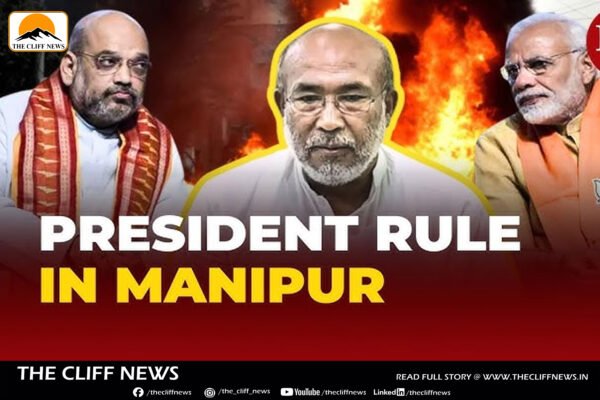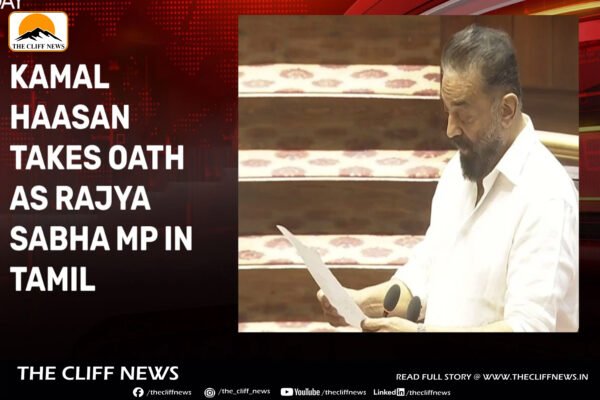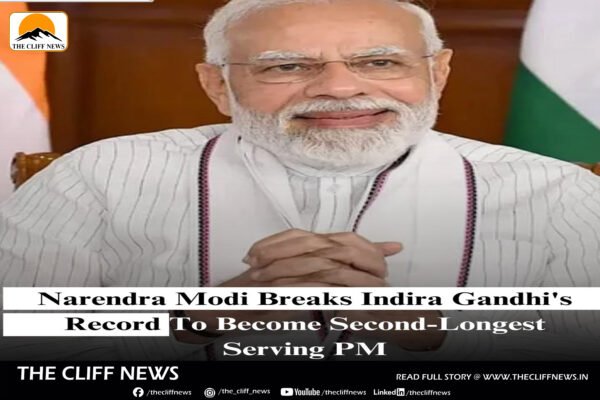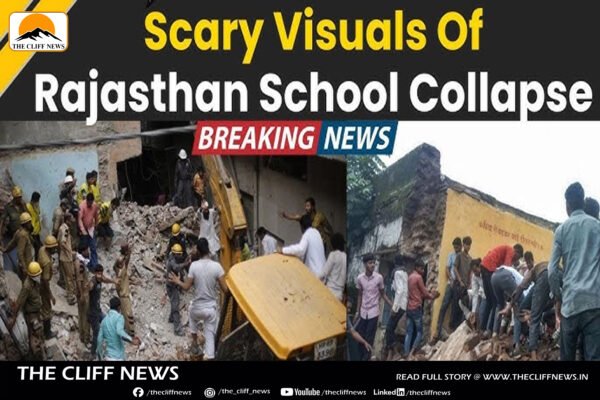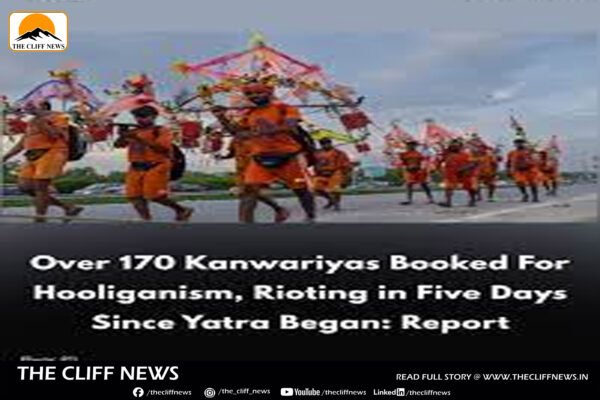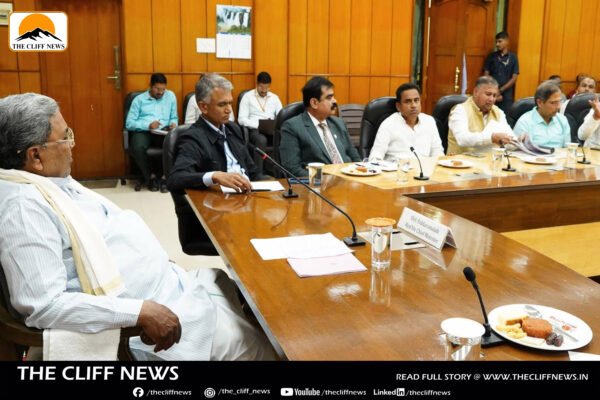Amit Shah Likely to Move Resolution to Extend President’s Rule in Manipur for Another Six Months
Union Home Minister Amit Shah is expected to move a statutory resolution in the Rajya Sabha during the ongoing Monsoon Session of Parliament to extend President’s Rule in Manipur for another six months, beginning August 13, 2025. According to the Rajya Sabha bulletin, Shah’s notice was scheduled for Thursday, July 24, but the House was adjourned around 2:15 p.m. due to Opposition protests over the Election Commission’s Special Revision of electoral rolls in Bihar. The official notice states: “That this House approves the continuance in force of the Proclamation dated the 13 February, 2025 in respect of Manipur, issued under Article 356 of the Constitution by the President, for a further period of six months with effect from 13 August, 2025.” Background and Constitutional Context Manipur was brought under President’s Rule on February 13, 2025, following the resignation of Chief Minister N. Biren Singh on February 9. Under Article 356(3) of the Constitution, President’s Rule can initially be imposed for six months and extended every six months with parliamentary approval, up to a maximum of three years. The Hindu had earlier reported on July 17 that the extension was likely, as the Centre continues efforts to restore normalcy, particularly by reopening blocked national highways and recovering looted police weapons. Crisis in Manipur: Over Two Years of Ethnic Conflict Manipur has been mired in deep unrest since May 3, 2023, when violent ethnic clashes broke out between the Meitei and Kuki-Zo communities. The prolonged conflict has resulted in the deaths of over 250 people and displacement of more than 60,000 individuals. Critical infrastructure, including National Highways 2 and 37, which connect the Imphal valley to Nagaland and Assam, runs through Kuki-Zo dominated areas. These routes have remained largely inaccessible to Meitei residents since the conflict began, severely affecting supply chains and essential services. Adding to the challenge is the looting of over 6,000 weapons from police and security forces — many of which still remain unaccounted for. Government’s Focus The central government’s current priorities in Manipur include: If passed, the proposed resolution will extend President’s Rule in Manipur until February 2026, reinforcing New Delhi’s continued direct administration of the troubled northeastern state as efforts toward peace and stability continue.
